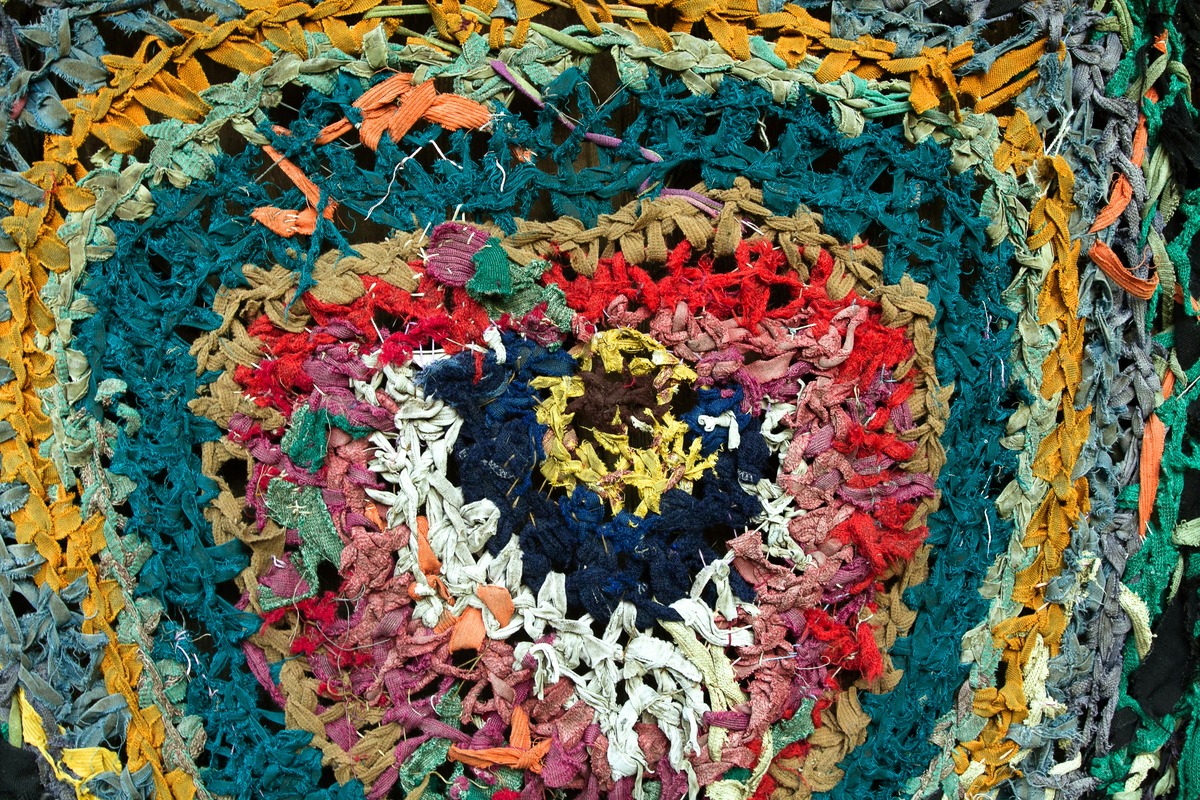Tissariss is more than just a weaving technique. It is a vibrant tapestry of history, culture and art that has captivated generations. This ancient craft embodies the essence of tradition while incorporating the innovative spirit of modern creators. Each piece tells a story, woven with intricate patterns and rich symbolism that reflect the cultural heritage from which it originated.
As you delve deeper into the world of Tissariss, you will discover not only its impressive craftsmanship but also its importance in today’s art scene.
What is Tissariss?
Tissariss is a traditional weaving technique that features intricate designs and vibrant colors rooted in cultural stories. This art form transforms simple threads into stunning textiles, with each piece reflecting the story and traditions of its maker.
Originating from a specific region known for its rich heritage, Tissariss has evolved over the centuries. It serves not only as a functional fabric but also as a means of artistic expression, connecting generations through the sharing of craftsmanship and culture.
Origins and History of Tissaris Art
Tissari art has its origins in ancient traditions and is deeply rooted in the cultural fabric of its various communities. Its development is linked to stories and practices passed down from generation to generation, demonstrating a combination of craftsmanship and creativity.
Historically, Tissaris is a medium of storytelling, with each piece reflecting significant events and beliefs. Over time, this art has evolved as artisans adapted their techniques while preserving the rich traditions. The interplay between tradition and innovation continues to shape its stories even today.
Techniques Used in Tissaris Weaving
Tissaris weaving employs a variety of intricate techniques that reflect the artisan’s skill and cultural heritage. Traditional methods such as handlooms produce stunning patterns that demonstrate the weaver’s meticulous attention to detail.
Knotting, braiding and plaiting are also essential techniques in Tissaris craftsmanship. Each technique adds depth and texture to the final piece. Combining these techniques results in a unique fabric that tells a story through design and texture.
Materials and dyes in Tissariss pieces
Tissariss pieces are renowned for their vibrant colors and rich textures. Artisans often use natural fibers such as cotton, silk and wool to create stunning tapestries that tell a story through intricate designs. These materials not only enhance the visual appeal but also ensure durability.
Dyes play an important role in Tissariss art. Traditional methods use plant-based dyes obtained from roots, leaves and fruits. This commitment to natural coloring techniques ensures that each piece is environmentally friendly and maintains its cultural essence.
Cultural Importance of Tissaris Art
Tissaris art is an important expression of cultural identity. It reflects the unique heritage and traditions of the community and shows their story through intricate designs. Each piece has a deep meaning that connects the stories of the past and present.
Art serves as a means to preserve folklore and rituals. By incorporating ancient techniques into modern life, Tissariss artists ensure their culture remains vibrant and relevant. This connection fosters pride within the community and shares rich stories with a wider audience.
Symbolism in Tissaris Designs
Tissariss designs are full of symbolism and often reflect the cultural stories and beliefs of the artisans. Each pattern tells a story that embodies themes of nature, spirituality, and community.
Color also plays a key role in this symbolism. For example, vibrant reds signify joy and celebration, while earthy colors remind us of our connection to the earth. Intricate motifs invite the viewer to dig deeper into their meanings, revealing layers of traditions that resonate across generations.
Featured Tissaris Artists and Their Work
His work often reflects his personal experiences without losing his roots in tradition. Exhibitions displaying his masterpieces continue to inspire new generations. Each piece is more than just art; it is a story woven with passion, skill and cultural meaning that deeply resonates with the community.
Contemporary innovations in Tissaris art
Contemporary art in Tissaris evolves by incorporating modern techniques and technology. Artists are experimenting with digital design tools, allowing for intricate patterns that were unimaginable with traditional weaving.
Furthermore, collaborations between different artistic disciplines are influencing new styles. Fashion designers incorporate Tissaris elements into their collections, pushing the boundaries and respecting tradition. This fusion creates a dialogue between the past and the present, breathing new life into ancient crafts.
Sustainable practices in Tissaris handicrafts
Tissaris craftsmanship incorporates sustainable practices that respect both tradition and the environment. Artisans often source materials locally, minimizing the impact on the ecosystem while supporting local communities.
Natural dyes made from plants and minerals are preferred over synthetic dyes, promoting a healthier ecosystem. This commitment to sustainability not only preserves craftsmanship, but also strengthens cultural heritage and ensures future generations can appreciate Tissaris art in its purest form.
Collaborations between Tissaris artists and designers
Collaborations between Tissari artists and contemporary designers have created a vibrant blend of tradition and modernity. These partnerships have breathed new life into ancient techniques, resulting in stunning pieces that speak to both tradition and innovation.
Designers often explore the unique textures and patterns inherent in Tissari weaving, creating collections that elevate this craft to new heights. The interplay of artistic visions leads to interesting dialogues about culture, sustainability and aesthetics in the world of fashion and decoration.
Tips for collecting and preserving Tissaris art
When collecting Tissari art, value authenticity. Buy pieces from well-known artists and trusted galleries to ensure you are investing in authentic craftsmanship. Explore the artist’s background and unique techniques to appreciate each piece more deeply.
For preservation, textiles should be stored out of direct sunlight to prevent fading. Avoid plastic, which can trap moisture, and store horizontally or rolled in acid-free materials. To maintain the integrity of your artwork, check regularly for signs of wear and address any issues immediately.
The Future of Tissaris Fabrics
As the world embraces sustainability, Tissaris fabrics are poised for a renaissance. Artists combine traditional methods with modern aesthetics, attracting a new generation that values craftsmanship.
Emerging technologies are also playing a role in this evolution. Digital tools enhance design possibilities while preserving ancient techniques. Collaborations between contemporary artisans and designers are resulting in innovative pieces that resonate globally. This blend of tradition and innovation ensures that Tissariss will remain relevant, vibrant and highly regarded for years to come.
Conclusion
A journey through Tissariss reveals a rich tapestry of tradition and innovation. These timeless pieces continue to inspire artists and collectors alike, connecting the past with contemporary expression.
When celebrating this unique art form, it is essential to recognize its cultural importance and commitment to sustainability. Embracing Tissaris means appreciating art that resonates deeply across generations and inspires creativity for the future. Each piece tells a story waiting to be discovered by those who understand the beauty and meaning of craftsmanship.











